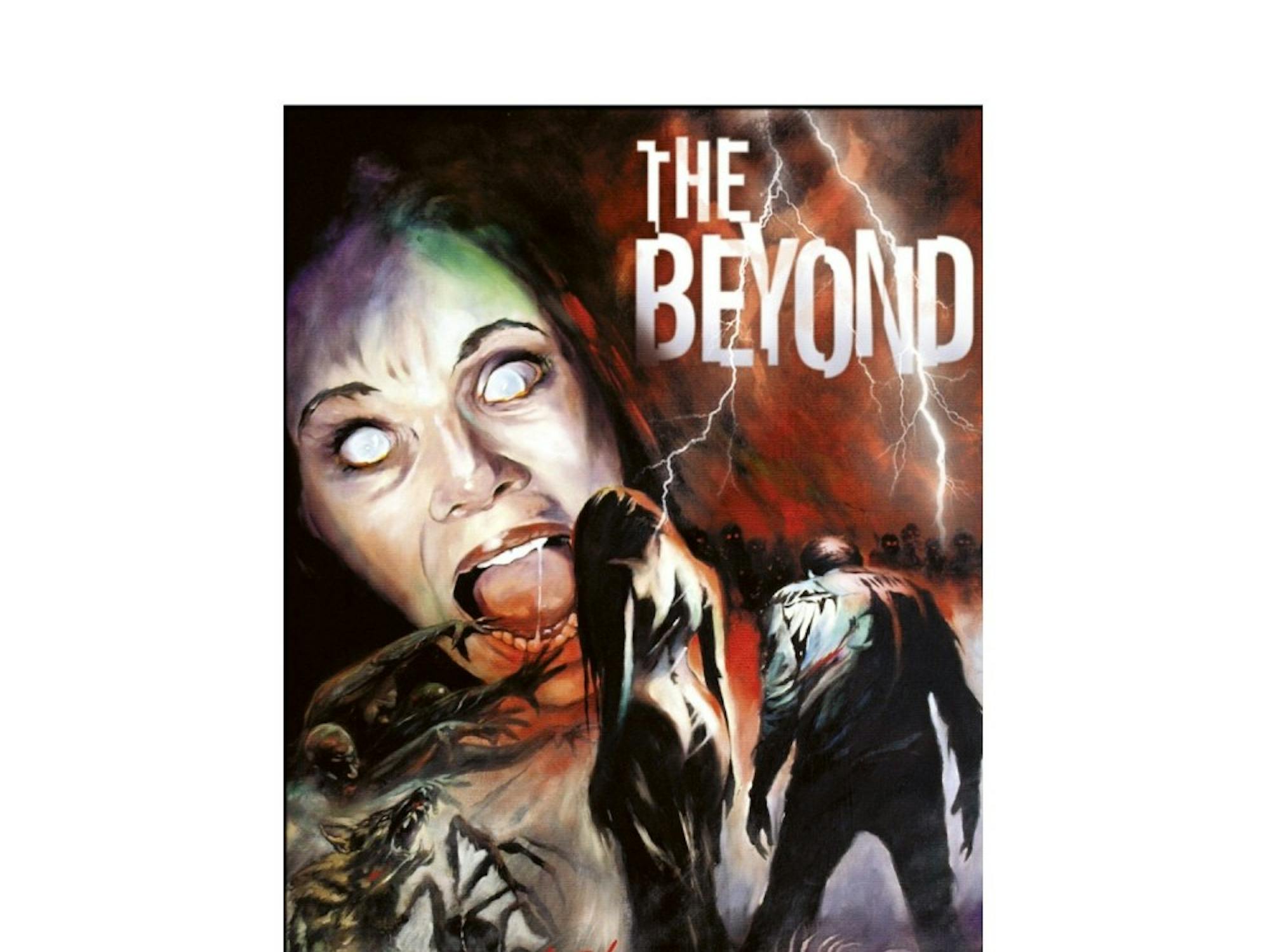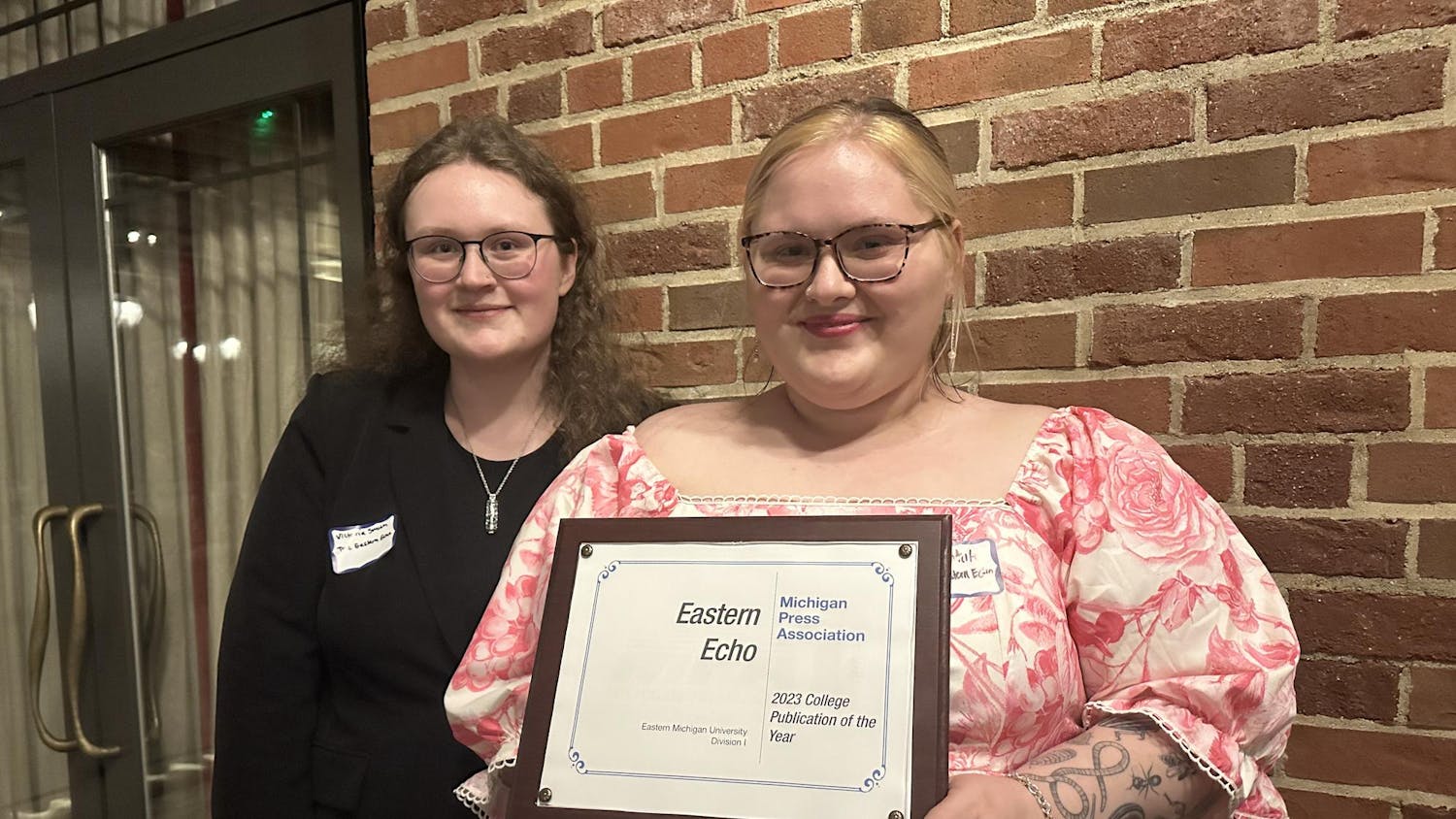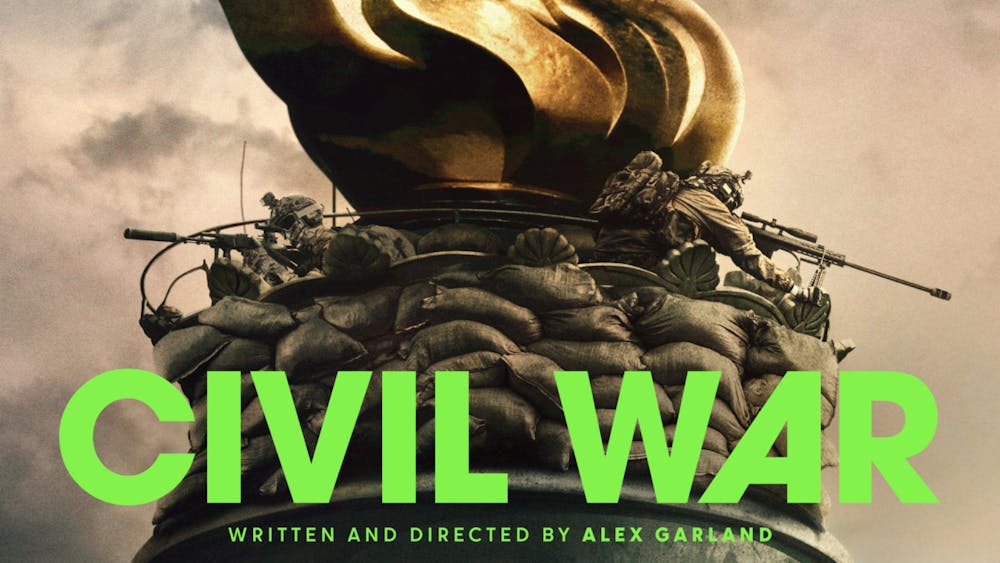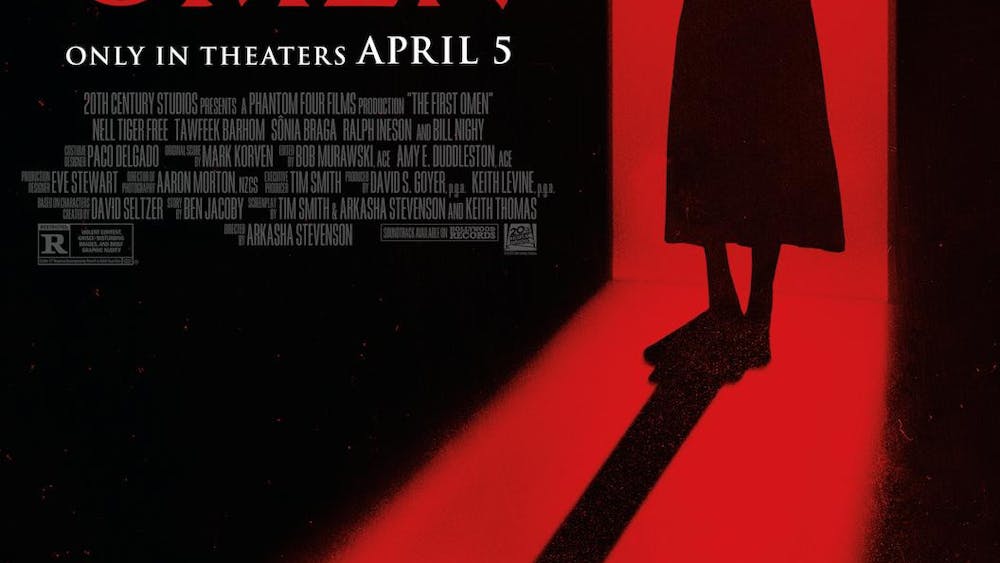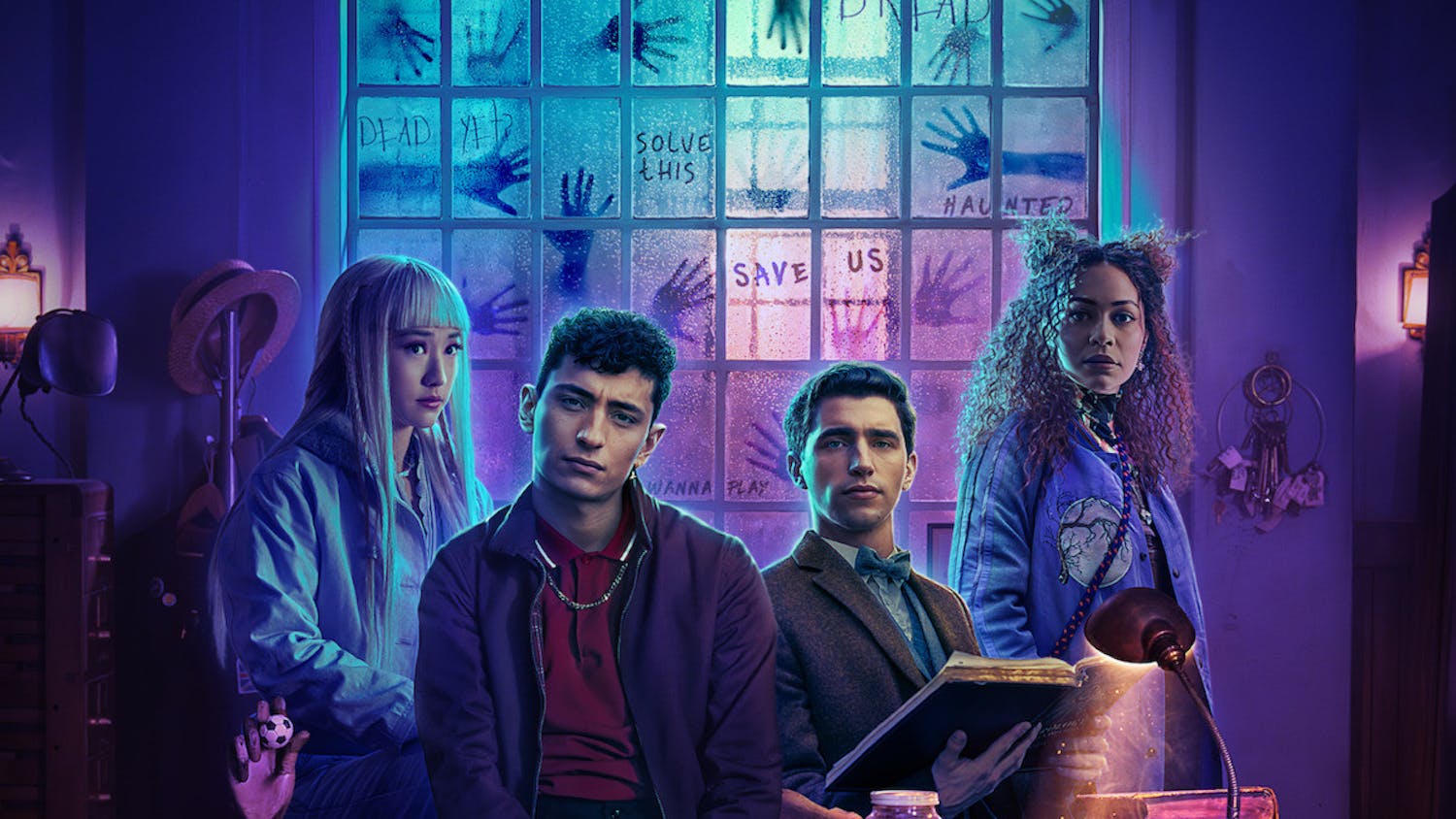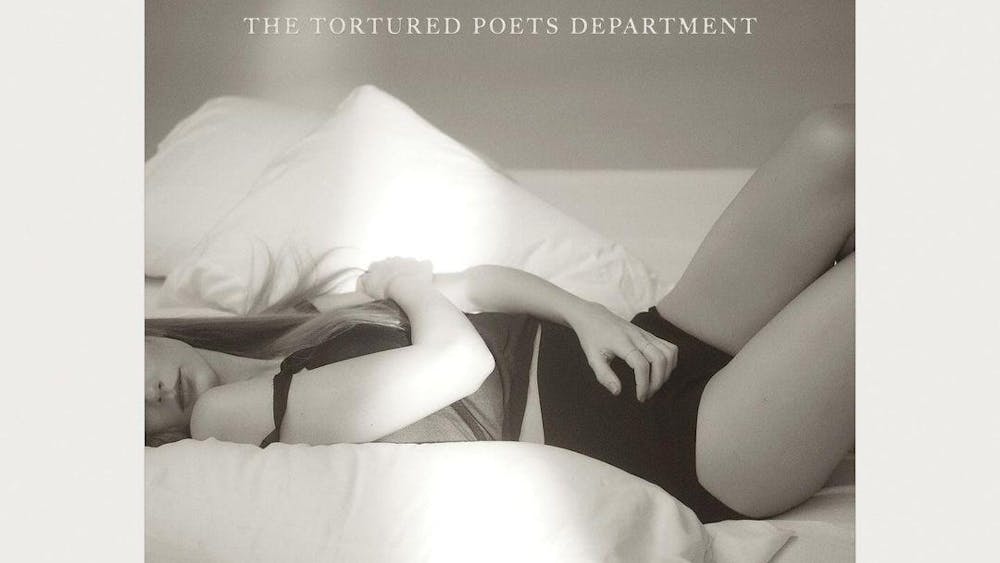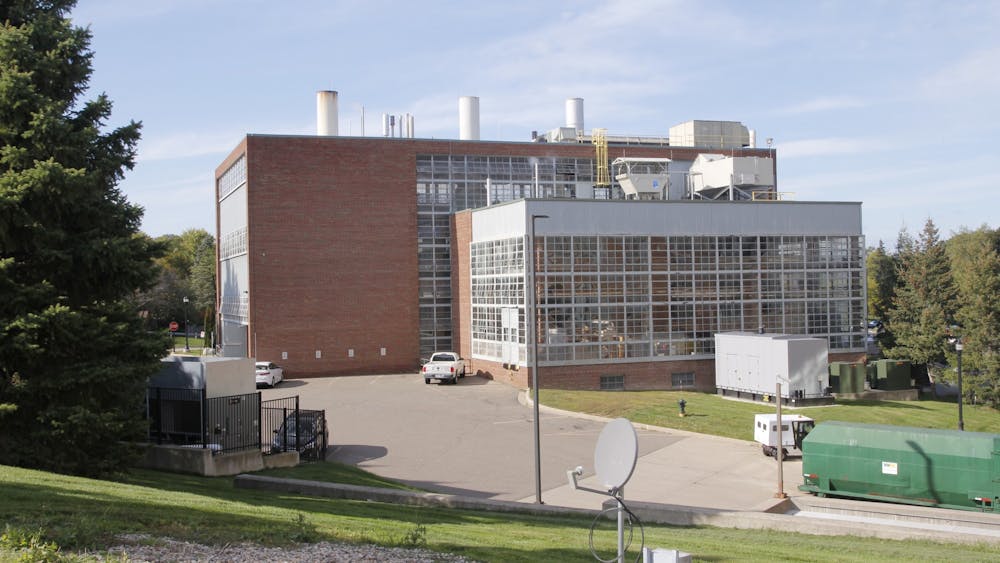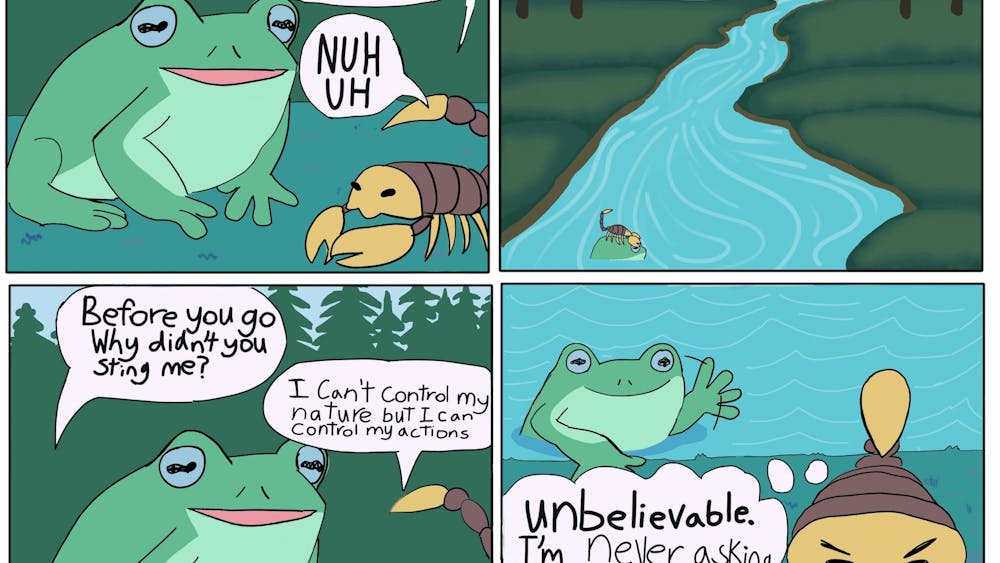“The Beyond” (1981)
Directed By Lucio Fulci
Starring: Katherine MacColl, David Warbeck, Sarah Keller, Antoine Saint-John, Veronica Lazar, Anthony Flees and Giovanni De Nava
“…and you will face the sea of darkness, and all there in that will be explored.” The final line of dialogue that sums up the entire point of the experimental masterpiece, “The Beyond,” released under the title, “E tu vivrai nel terrore! L’aldilà,” also known as “The Seven Doors of Death.” Italian filmmaker Lucio Fulci unleashed his second installment of his unofficial “Gates of Hell Trilogy” with a visual feast of “hell on earth.”
After establishing a large and dedicated cult following from hardcore grindhouse fanatics, the film’s storyline is simple: When a young woman (Cationa MacColl: billed as Katherine MacColl) inherits an old, run-down New Orleans hotel with hopes of restoring and reopening it, she finds out the hotel and the land were constructed over one of the seven doorways to hell. She and a small renovating team have opened the door, unleashing a living, breathing nightmare upon the world.
From a filmmaker’s standpoint, I find “The Beyond” a surreal visual experience that even the most jaded horror fans would find fascinating to the human eye. From before Fulci became widely known for his gore films of the late ’70s up to his death in 1996, he establish himself as a giallo, western and comedy filmmaker before turning his focus on low-budget Italian horror films that still stand among the very best.
While watching any of his films, I’ve learned you can easily identify it’s his by certain trademarks. One of those trademarks is the stunning photography that produces the creepy atmosphere of the world he’s creating. For example, (without giving away any of the plot points) there’s a scene where the character, Dr. John McCabe, played by David Warbeck, is sewing up a large wound on the character Joe, played by Giovanni De Nava, on an autopsy table.
Before the camera dollies over to find the doctor working, there’s a long, wide shot of several bodies lying symmetrically on other tables that stand off in the background. Normally, this shot would have been onscreen for about 3-5 seconds before cutting or panning over to find the main focus of the scene. Instead, Fulci and his longtime cinematographer, Sergio Salvati, hold on the shot for about 10-15 seconds before slowly dollying over to find Warbeck working on one of the bodies. It was almost like Fulci wanted you to see something before finding the main subject of the scene.
After sewing up the corpse, Warbeck’s character leaves the room very slowly, taking off his gloves, washing his hands, talking to one of his employees for about two minutes, putting on his jacket and exiting the room when the camera refocuses on the shot where it first started in one continuous take. Although the scene was about showing Warbeck’s character at work, it was really about the bodies in the room that would soon play a part in the film’s shocking climax.
According to Fulci, the film was designed to communicate the idea that life itself is a nightmare, and our only sanctuary is to remain in this world because what lies beyond it is much worse.
“The Beyond” barely has any narrative to speak of and contains many elements that are completely illogical, but it is successful in weaving a surreal, dreamlike spell in an atmosphere of dread.
Although this partial approach cost the film its full four-star rating from yours truly, the film works best as a perverse experimental art film. When the actors are not flapping their gums, poor English dubbing does little to make the characters convincing, along with the overly dramatized sound effects (blood dripping that sounds like a leaky faucet). But when the eerie visuals and mind-bending action starts, viewers will soon realize there’s no telling what will happen next. Fulci uses eerie visuals to unsettle nerves, and even the unintentionally vacant expressions of the actors become somewhat disconcerting.
My main criticism is I think the film would have been near perfection if it were dubbed correctly or maybe spoken in Italian, rather than the obvious English you can tell was recorded at another time during the post-production phase. Plus, as a result of the use of the steadicam (introduced as a cinematic tool at the end of the 1970s to smooth out some of the tracking shots that followed the characters from location to location) some of the more sophisticated sound effects didn’t seem like they were recorded very quickly and couldn’t create the effect that blood was hitting the floor or drooling from the actor’s mouths.
Also, a more in-depth telling of the mythology that was created to set the film’s storyline in motion was needed. I felt as if they had the ideas but not enough material to create a more three-dimensional story. I thought the writers and the production crew didn’t care or just ran out of time to put that little bit of extra effort to make it more complete.
However, despite these criticisms, I find it to be a very enjoyable night at the movies, with a tall glass of beer, a bowl of popcorn and a date that can cuddle up with you during the intense moments. Or if you’re a huge film buff like I am, you’ll find it more satisfying to witness it on your own so you can take in all its visuals and information and come up with your own conclusion on what hell is really like.
Rating: 3 1/2 out of 4 stars

